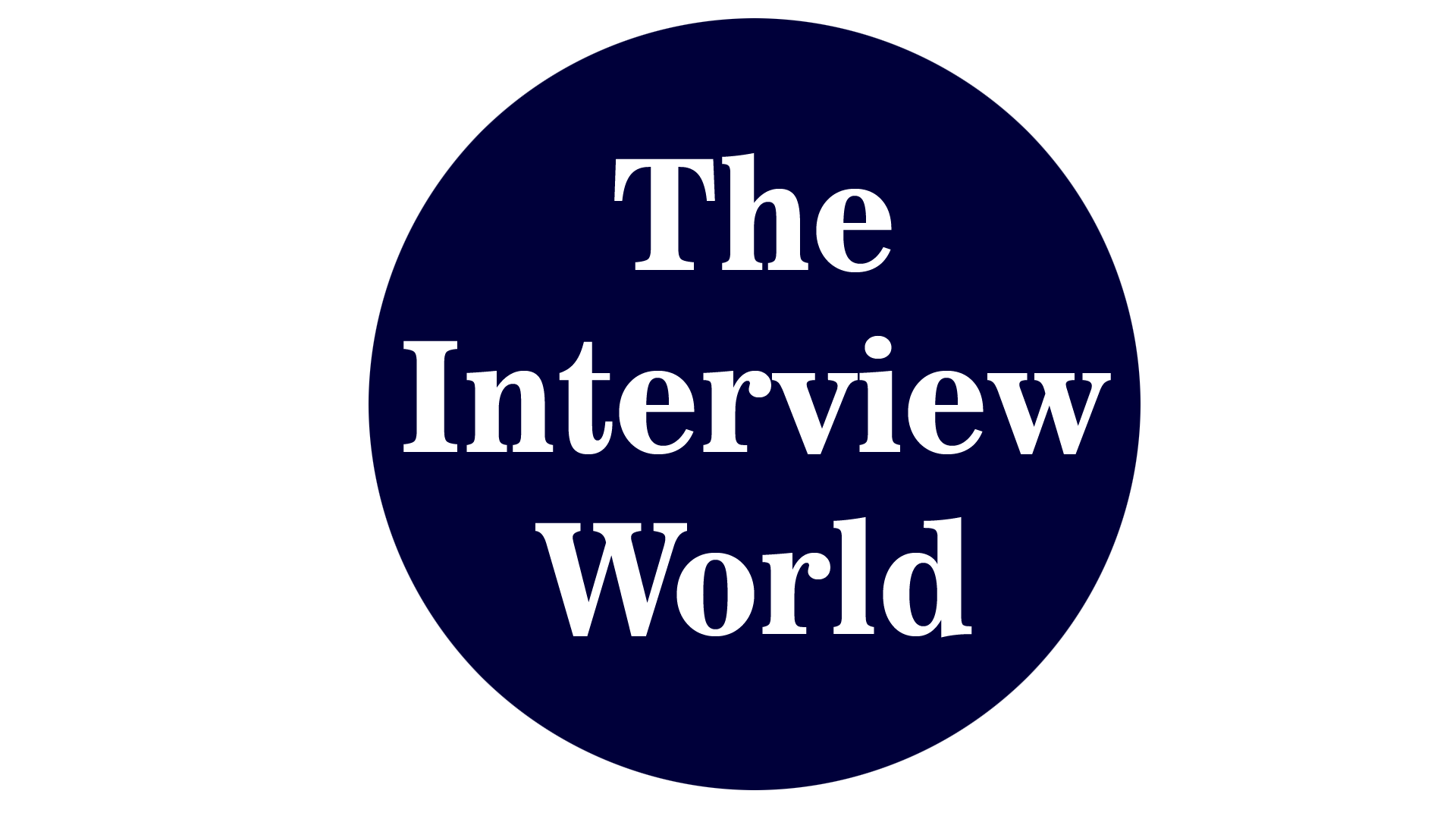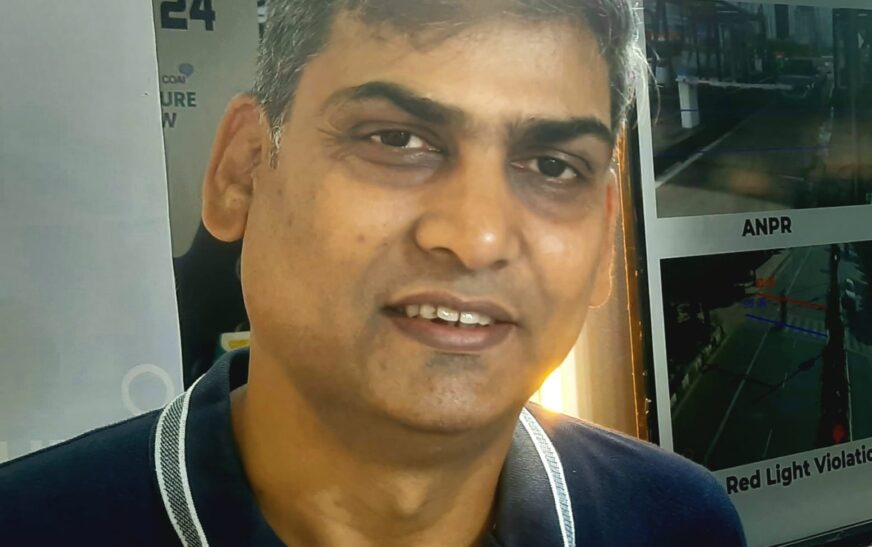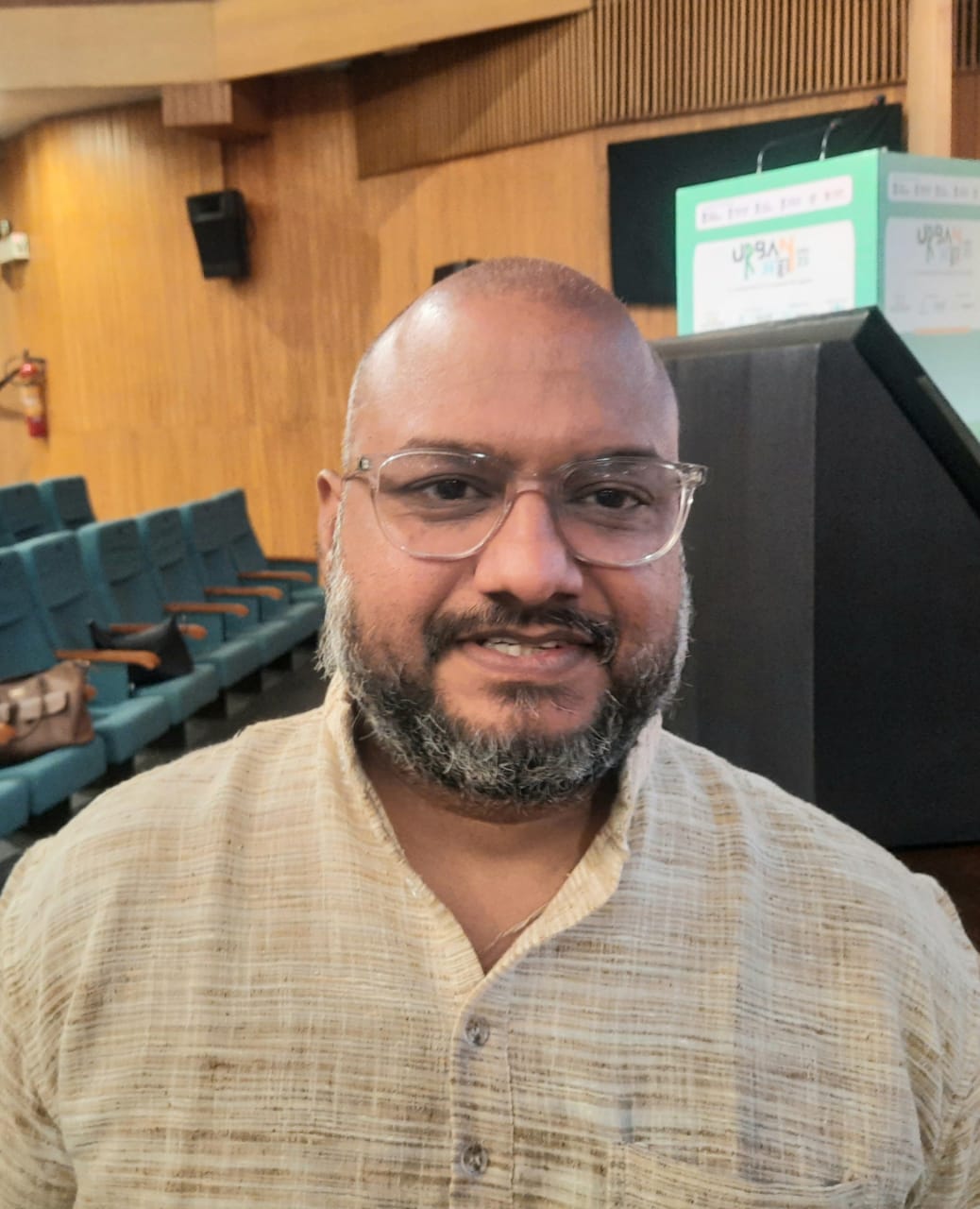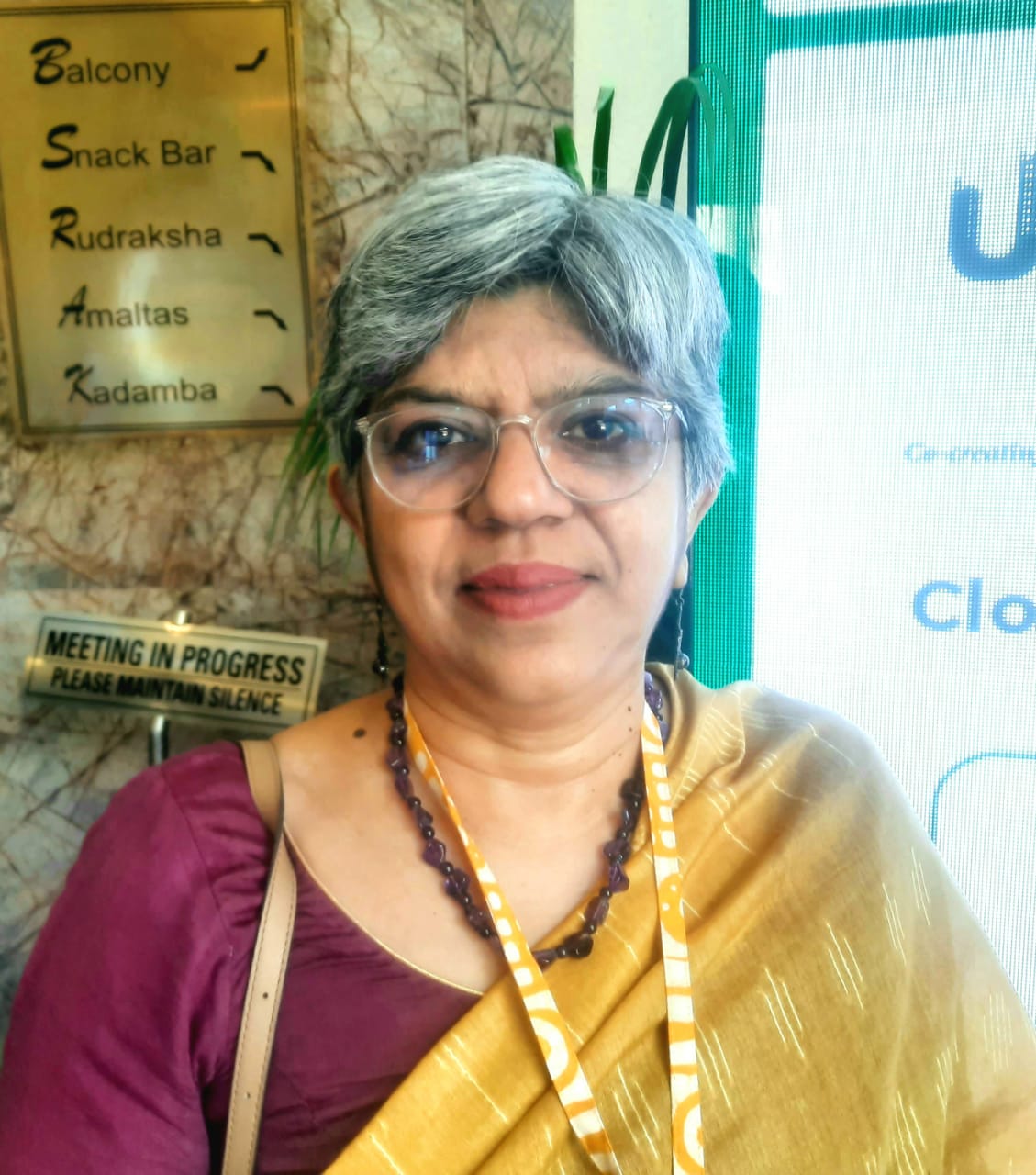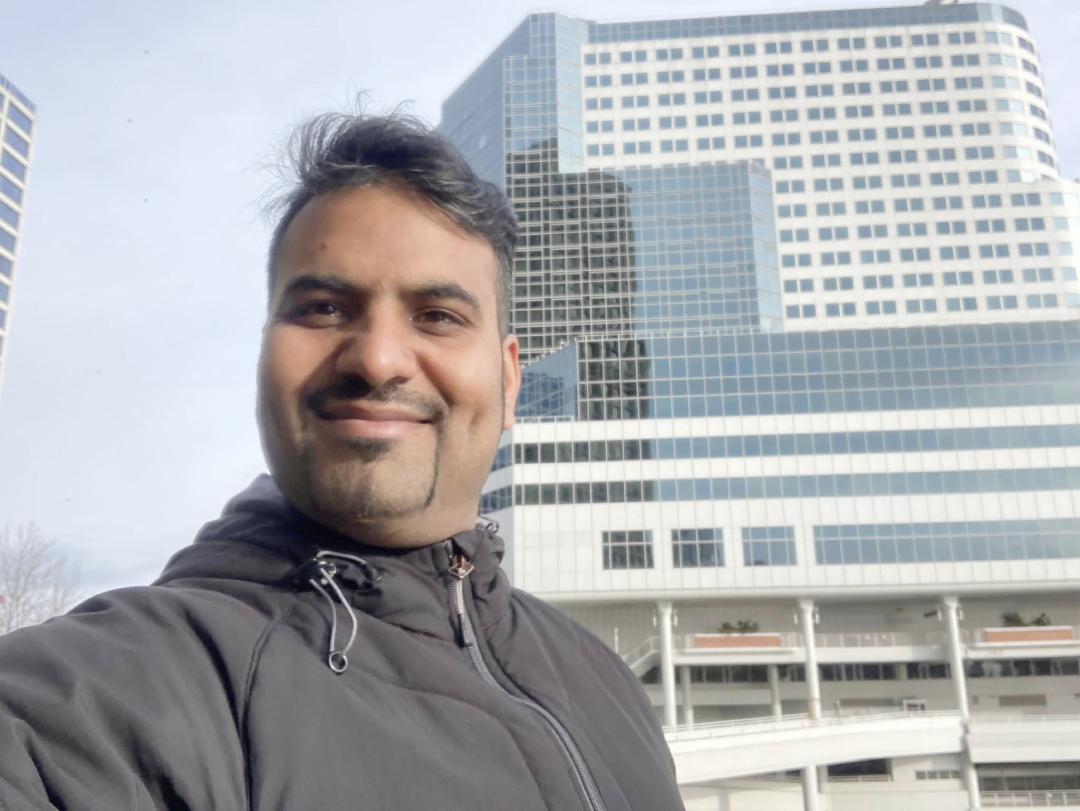Pushpak AI is revolutionizing security surveillance through cutting-edge computer vision technology. By empowering cameras with advanced AI algorithms, the company delivers a new level of video analytics, intelligent traffic management systems, and crowd-monitoring solutions.
Led by a dedicated team of AI experts, Pushpak AI drives a relentless passion for innovation. Their unwavering focus on delivering exceptional solutions pushes them to continuously refine and enhance their products. Moreover, it helps customers receive high-quality service and performance.
With a mission to democratize AI, Pushpak AI aims to bring the power of automation to businesses of all sizes—from SMEs to large conglomerates—enabling them to reach new heights of efficiency and operational excellence.
In an exclusive dialogue with The Interview World, Rohit Jain, Co-founder of Pushpak AI, elaborates on the company’s innovative safety solutions. Furthermore, he shares successful surveillance use cases, explains the precision of AI-driven security systems, and discusses emerging market opportunities for these transformative technologies. Below are the key highlights from this compelling conversation.
Q: Can you explain what specific safety solutions Pushpak AI offers and how they meet the needs of different industry verticals?
A: We’ve developed a robust object detection platform that enables multiple layers of functionality, primarily focused on security surveillance and related applications.
One of the key industries we serve is Intelligent Traffic Management Systems (ITMS). You’ve likely seen these systems being integrated across cities. While most solutions rely on high-end cameras, our technology delivers similar capabilities using low-cost cameras, priced as low as Rs. 2,000-2,500. This makes it far more accessible compared to industrial cameras that can cost upwards of Rs. 300,000.
Beyond traffic management, we also cater to the automotive, manufacturing, and warehousing sectors. We have also deployed our technology across various use cases, including a project with the Telangana government’s forest department, where we implemented a solution to track animal movements. In wildlife sanctuaries, where sightings are often rare, our system can detect and monitor activity, ensuring better management and surveillance.
Additionally, we use edge computing for our deployments, significantly reducing hardware costs. This approach allows us to offer efficient and cost-effective solutions, ensuring real-time processing and minimal infrastructure expenses. This is the core of what we’re doing right now, and it’s making a meaningful impact across industries.
Q: Can you share some recent success stories or case studies highlighting how you’ve effectively executed surveillance solutions?
A: We recently deployed a comprehensive surveillance solution for one of India’s leading automobile companies, where a railway track runs directly into their plant. Unlike the typical one-camera approach often used in AI surveillance, we’ve implemented a system of 15 interconnected cameras. These cameras communicate with each other, ensuring that when one detects a trigger, the entire network responds. This coordinated approach enhances safety by preventing accidents and protecting human lives.
Our solution goes beyond human safety. If an animal or foreign object is detected near the railway track, the system activates an alert through hooters, preventing potential accidents. This real-time detection capability ensures timely responses, whether it’s to protect people and animals or prevent damage. Powered by edge computing, this solution allows for efficient, on-the-spot processing without heavy infrastructure.
Q: What is the accuracy level of these surveillance solutions, and how do they ensure timely alerts and actionable analytics for end-users?
A: When we execute any project, we understand that no technology is perfect. If someone claims 100% accuracy right out of the gate, that’s simply unrealistic. Our approach is different. We begin with an accuracy level of around 60 to 70%, and through continuous refinement and training, we progressively raise it to 95–98% or higher.
Achieving this level of precision takes time. It’s not an overnight process or something that can be achieved with a magic wand. It requires diligent model training and optimization to ensure the best possible results.
Q: How do you assess the market potential for these products?
A: The Indian market is rapidly growing, particularly with the government’s strong commitment to advancing technology. The recent budget highlighted initiatives for AI labs and strategies to integrate AI into the marketplace, showcasing India’s potential as a leading tech hub.
Various companies, not just Pushpak, are also entering the market with innovative solutions. I commend the young entrepreneurs who bring fresh visions and are dedicated to tackling multiple challenges.
Our focus isn’t limited to enhancing safety through surveillance. Many are also making strides in healthcare and other sectors, demonstrating the diverse applications of technology in improving lives and driving progress across industries.
Q: How do you envision your business evolving over the next five to ten years?
A: When evaluating market potential, our primary goal is to give back to society while ensuring a safe environment. We are also committed to creating solutions that contribute positively to our communities. While financial success will naturally follow, our focus remains on the value we can provide to society. Ultimately, it’s about making a meaningful impact that truly matters.

